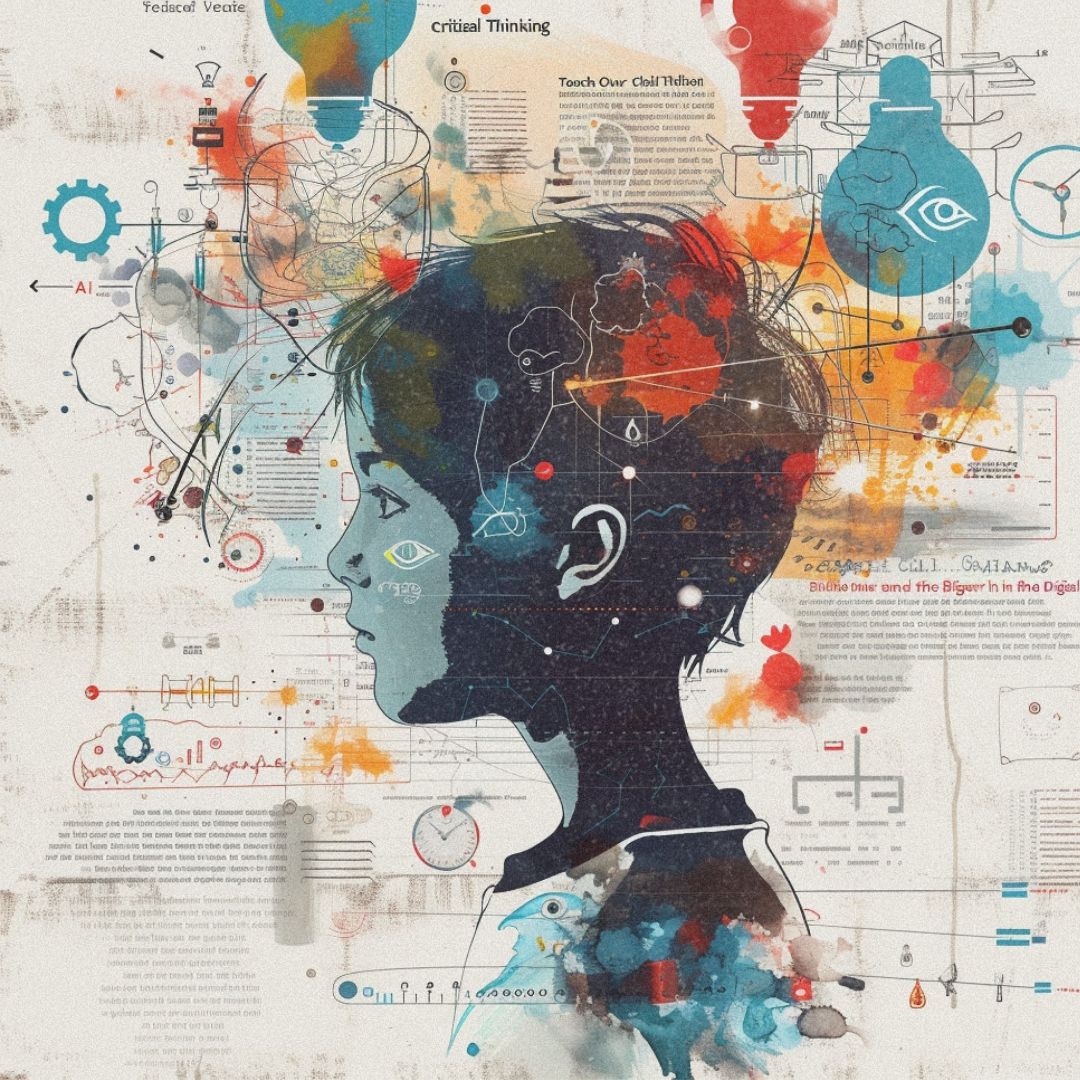Asperger’s and Autism: From Separate Labels to One Spectrum

Is Asperger’s syndrome and autism the same? Or, is Asperger’s worse than autism?
Asperger’s syndrome (AS) has been a source of confusion for many. You might be surprised to learn this term is no longer used in clinical settings. Once considered a distinct diagnosis, it’s now understood within the broader framework of Autism Spectrum Disorder (ASD).
Throughout this post, we’ll address common questions and misconceptions surrounding Asperger’s and ASD, and provide a clear and informative guide to navigating these terms.
Asperger’s Vs. Autism: Why Once a Separate Diagnosis?
It’s important to acknowledge the historical context of Asperger’s vs. Autism, especially for people who received an Asperger’s diagnosis before the change in 2013. Past “Asperger’s” diagnoses weren’t mistakes, but rather reflected a focus on perceived differences, not the full spectrum of autism. So, in that time, what was the difference between Asperger and autism?
In the past, the key distinction between Asperger’s syndrome and autism spectrum disorder (ASD) was language skills. Asperger’s was thought to be characterized by normal or even advanced language development, while autism was associated with language delays.
Asperger’s was often seen as a ” milder” form of autism, with less severe social difficulties and a stronger focus on repetitive behaviors and interests. On the other hand, “High-functioning autism” was sometimes viewed as a more severe form of autism compared to Asperger’s. This distinction focused on needing more support in daily living, but it wasn’t always straightforward, and both conditions could encompass a range of support needs.
In 2013, the diagnostic manuals removed Asperger’s as a separate category, bringing it under the umbrella of ASD. Today, ASD is recognized as a spectrum with a wide range of presentations. This means individuals with ASD can experience varying levels of difficulty in communication, social interaction, and repetitive behaviors. People diagnosed with Asperger’s before 2013 may still identify with that term.
Asperger’s diagnosis is no longer separate from Autism Spectrum Disorder (ASD). Before 2013, Asperger’s was seen as milder with normal language, while Autism had language delays. Both are now recognized as variations within the broader ASD spectrum.
| Related: Autism and the MBTI | Exploring the Connections
Overlooked Similarities Between Autism and Asperger’s

Before 2013, the autism spectrum wasn’t as well-defined as it is today. Research was still developing, and the full range of presentations within the spectrum wasn’t fully recognized. While the average picture showed language delays in autism, some individuals with autism did have normal or even advanced language skills. This variability might have been under-recognized at the time.
Research showed that the core challenges of social interaction, restricted interests, and repetitive behaviors were present in both Asperger’s and ASD, often to varying degrees. The distinction based on language delay (present in ASD, absent in Asperger’s) proved unreliable. Many individuals with Asperger’s also experienced language difficulties, blurring the lines further.
The criteria for Asperger’s hinged on the absence of language delay, which isn’t a core feature of ASD diagnosis. This distinction created confusion for both healthcare professionals and individuals seeking diagnoses. It wasn’t always clear-cut which category someone fell into.
Regardless of whether someone received an Asperger’s or ASD diagnosis, the interventions used to address social communication challenges, sensory processing issues, and repetitive behaviors were largely the same. This further supported the idea of a single diagnosis.
Early Confusion:
Autism diagnosis used to focus on language delays, but research revealed some autistic people have normal or advanced language skills. This led to misdiagnosis and inconsistency.
Similar Core Challenges:
Both Asperger’s and ASD diagnoses involved social interaction difficulties, restricted interests, and repetitive behaviors. The focus on language delay to differentiate them wasn’t reliable.
Shifting Towards a Unified Spectrum:
The unreliability of the language distinction and the similar treatment approaches for both conditions led to merging Asperger’s into the broader Autism Spectrum Disorder (ASD) diagnosis, recognizing the spectrum’s full range of presentations.
| Discover: Echolalia & Autism | The Meaning Behind Repetitive Language
Asperger’s vs. Borderline Personality Disorder: Misleading Similarities
As we mentioned, Asperger’s syndrome is no longer a separate diagnosis. It falls under the umbrella of Autism Spectrum Disorder (ASD). ASD Focuses on challenges with social interaction, communication, and repetitive behaviors. BPD, on the other hand, is characterized by emotional instability, impulsive behaviors, and intense interpersonal relationships.
Both can involve social difficulties and emotional regulation issues. However, the underlying causes and experiences are distinct.
Level 1 Autism vs. Asperger’s: No Longer Relevant
The levels (1, 2, 3) indicate the level of support someone needs in daily life. Level 1 refers to individuals who require the least support. Since Asperger’s is no longer a separate diagnosis, it would likely fall under Level 1 ASD in the current diagnostic system.
| Suggestion: Common Mental Health Disorders in Childhood and Adolescence
Treatment Options for Autism Spectrum Disorder

While some people with autism embrace the concept of neurodiversity and view autism as a different way of experiencing the world, it’s important to note that Autism Spectrum Disorder (ASD) is also a recognized medical condition. Early intervention and various treatment approaches can significantly improve an individual’s quality of life and ability to manage core challenges.
Some of the most common treatment approaches for ASD are:
- Applied Behavior Analysis (ABA) Therapy
- Social Communication Therapy
- Speech-Language Therapy
- Educational Interventions
- Medications for managing the co-occurring conditions
Read more…
HealWiser’s Last Piece of Advice
As our understanding of the autism spectrum has evolved, the distinction between Asperger’s and autism is no longer used clinically. Today, both fall under the umbrella diagnosis of Autism Spectrum Disorder (ASD).
If you suspect yourself or someone you know might be on the autism spectrum, reach out to a healthcare professional for a comprehensive evaluation. Early intervention and access to support services can make a significant difference.
Sharing your experiences can provide valuable insights and emotional support. So…
…share your story with Heal Wiser and others in the comments section below this post.






